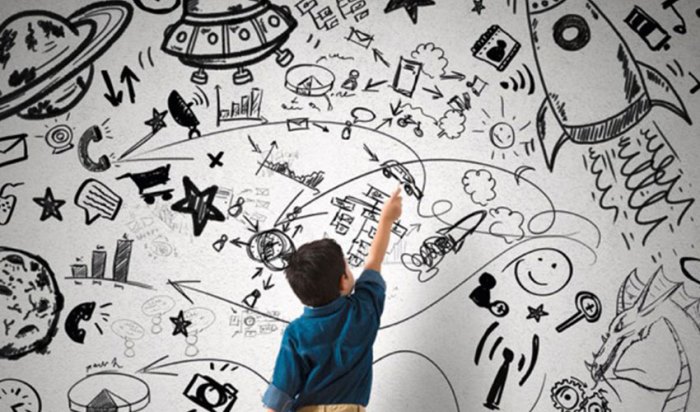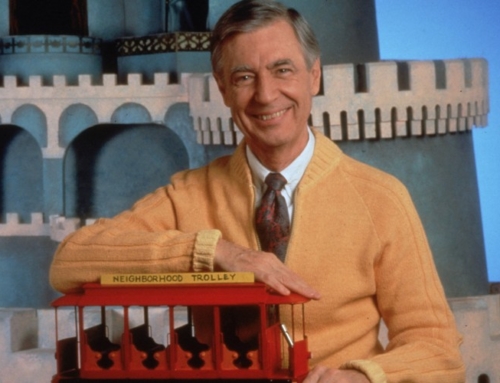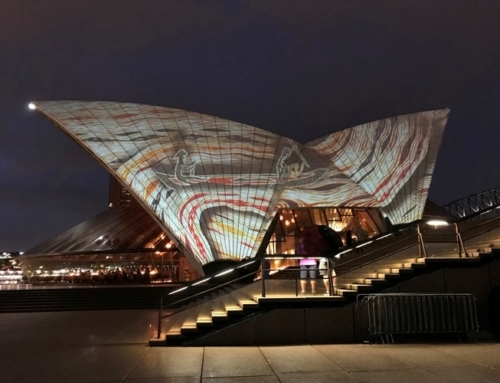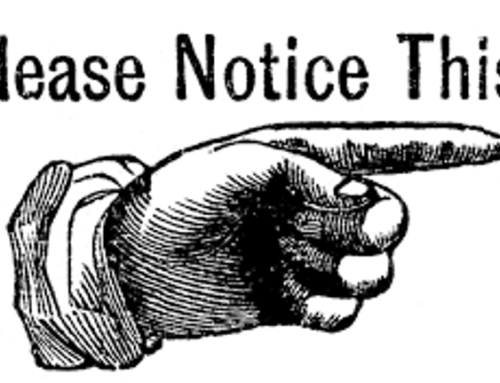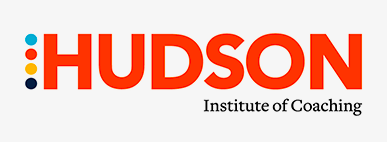Creativity and innovation are nowadays seen as the keys to thrive in the present, and to crack the code to future success. They are a must-have in every new list of leadership skills published, the Holy Grail organizations crave for, the subject of countless studies and research.
For the curious minds, there are plenty of ways to deepen the understanding of what enables, stimulates and facilitates creativity and innovation. Just following Google search results will offer more than 980,000,000 windows to open.
One of my favorite ingredient is imagination, often left out from the conversation. We cannot innovate and create without the power of imagination, that leads us to see something in our minds never perceived before, or present in reality in its wholeness.
Imagination animated our childhood, when “making things up” was seen as the best playmate; Imaginary friends and imaginary worlds, figuring out new rules for old games, playing make-believe, stuffed animals and other toys endowed with human traits: we all counted upon our imagination to transform boredom into memorable moments.
Growing up, the space left for imagination got smaller and smaller, replaced by to-do lists and things to be taken care of. Well aware that time is a limited resource, we all want to make the most out of it. We feel the pressure to be always productive, efficient -to be always ON.
How would our lives be different, if we start to rekindle this precious gift we’re all born with?
Carl Sagan, astronomer and cosmologist, had his own answer to this question:
“Imagination will often carry us to worlds that never were, but without it we go nowhere.”

